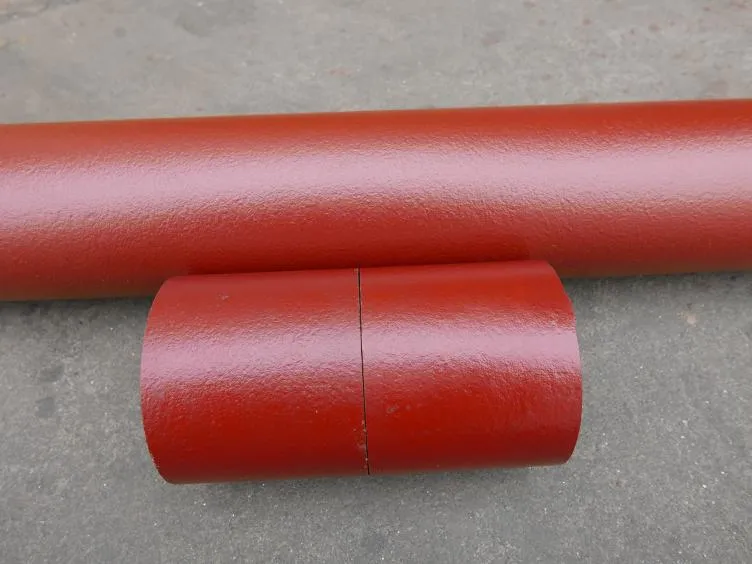- Afrikaans
- Albanian
- Amharic
- Arabic
- Armenian
- Azerbaijani
- Basque
- Belarusian
- Bengali
- Bosnian
- Bulgarian
- Catalan
- Cebuano
- China
- China (Taiwan)
- Corsican
- Croatian
- Czech
- Danish
- Dutch
- English
- Esperanto
- Estonian
- Finnish
- French
- Frisian
- Galician
- Georgian
- German
- Greek
- Gujarati
- Haitian Creole
- hausa
- hawaiian
- Hebrew
- Hindi
- Miao
- Hungarian
- Icelandic
- igbo
- Indonesian
- irish
- Italian
- Japanese
- Javanese
- Kannada
- kazakh
- Khmer
- Rwandese
- Korean
- Kurdish
- Kyrgyz
- Lao
- Latin
- Latvian
- Lithuanian
- Luxembourgish
- Macedonian
- Malgashi
- Malay
- Malayalam
- Maltese
- Maori
- Marathi
- Mongolian
- Myanmar
- Nepali
- Norwegian
- Norwegian
- Occitan
- Pashto
- Persian
- Polish
- Portuguese
- Punjabi
- Romanian
- Russian
- Samoan
- Scottish Gaelic
- Serbian
- Sesotho
- Shona
- Sindhi
- Sinhala
- Slovak
- Slovenian
- Somali
- Spanish
- Sundanese
- Swahili
- Swedish
- Tagalog
- Tajik
- Tamil
- Tatar
- Telugu
- Thai
- Turkish
- Turkmen
- Ukrainian
- Urdu
- Uighur
- Uzbek
- Vietnamese
- Welsh
- Bantu
- Yiddish
- Yoruba
- Zulu
Sep . 28, 2024 16:37 Back to list
Innovative Techniques in Cast Iron Molding for Enhanced Durability and Precision
The Art and Science of Cast Iron Molding
Cast iron molding is a fascinating process that combines art and science to create versatile and durable iron products. This method has ancient roots and has evolved significantly over the years, making it a pivotal part of the manufacturing industry. From intricate designs to simple everyday items, cast iron molding plays a crucial role in various applications.
Understanding Cast Iron
Cast iron is an alloy of iron that contains a higher carbon content than steel, typically ranging from 2% to 4%. This composition gives the material unique properties, such as excellent castability, machinability, and resistance to deformation. The various types of cast iron, including gray iron, ductile iron, and white iron, each possess distinct characteristics that make them suitable for different uses. For example, gray iron is known for its good machinability and vibration dampening properties, making it ideal for engine blocks and agricultural equipment.
The Molding Process
The molding process involves creating a mold that will shape the cast iron into the desired form. This process generally consists of several key steps
1. Mold Design The first step is designing the mold, which can be made from various materials, including sand, metal, or ceramic. Sand molds are the most common due to their ability to withstand high temperatures and their reusability.
2. Mold Preparation Once the design is completed, the mold is prepared. This often includes creating a pattern of the desired shape using materials like wood or metal. The pattern is then placed in the molding material, which is compacted around it to create a hollow cavity.
3. Pouring After the mold is prepared, molten cast iron is poured into the cavity. The temperature of the molten metal typically exceeds 1400 degrees Celsius, allowing it to flow easily and fill the mold completely.
cast iron molding

4. Cooling Once the mold is filled, the molten iron is allowed to cool and solidify. The cooling time depends on the thickness of the cast product and the type of cast iron used.
5. Mold Removal After cooling, the mold is removed, revealing the cast product. This stage may involve breaking apart a sand mold, while metal molds can often be reused with minimal damage.
6. Finishing Touches The final product may require additional machining, painting, or coating to achieve the desired finish and durability. This includes removing any excess material, smoothing out surfaces, and applying protective finishes.
Applications of Cast Iron
Cast iron products have a wide range of applications, reflecting their strength, durability, and resistance to wear and corrosion. They are commonly used in the automotive industry for engine components, in construction for manhole covers, and in household items such as cookware. The versatility of cast iron extends to its use in artistic designs, such as decorative railings and sculptures, showcasing the aesthetic potential of this material.
Environmental Impact and Innovations
As industries grow more conscious of their environmental footprint, innovations in cast iron molding are becoming increasingly important. Manufacturers are exploring sustainable practices, such as recycling scrap material and reducing energy consumption during production. Additionally, advancements in mold-making technologies, such as 3D printing, are allowing for more complex designs with reduced waste.
Conclusion
Cast iron molding is more than a manufacturing process; it is an art form that has stood the test of time. The ability to transform raw materials into functional and artistic products showcases the ingenuity of human craftsmanship. As technology continues to advance, the future of cast iron molding promises exciting developments, ensuring that this ancient technique remains relevant in a modern world. Whether in industrial applications or artistic expressions, cast iron's durability and versatility will continue to captivate and serve society for generations to come.
-
Premium Cast Iron Water Main Pipe: Durable, Corrosion-Resistant
NewsAug.03,2025
-
Durable Cast Iron Water Mains | AI-Optimized Systems
NewsAug.02,2025
-
High-Efficiency Propane Boiler for Baseboard Heat | Save Energy
NewsAug.01,2025
-
Premium Source Suppliers for Various Gray Iron Castings
NewsJul.31,2025
-
Durable Cast Iron Water Main Pipes | Long-Lasting
NewsJul.31,2025
-
High-Quality Cast Iron Water Main Pipe for Durable Infrastructure
NewsJul.30,2025


